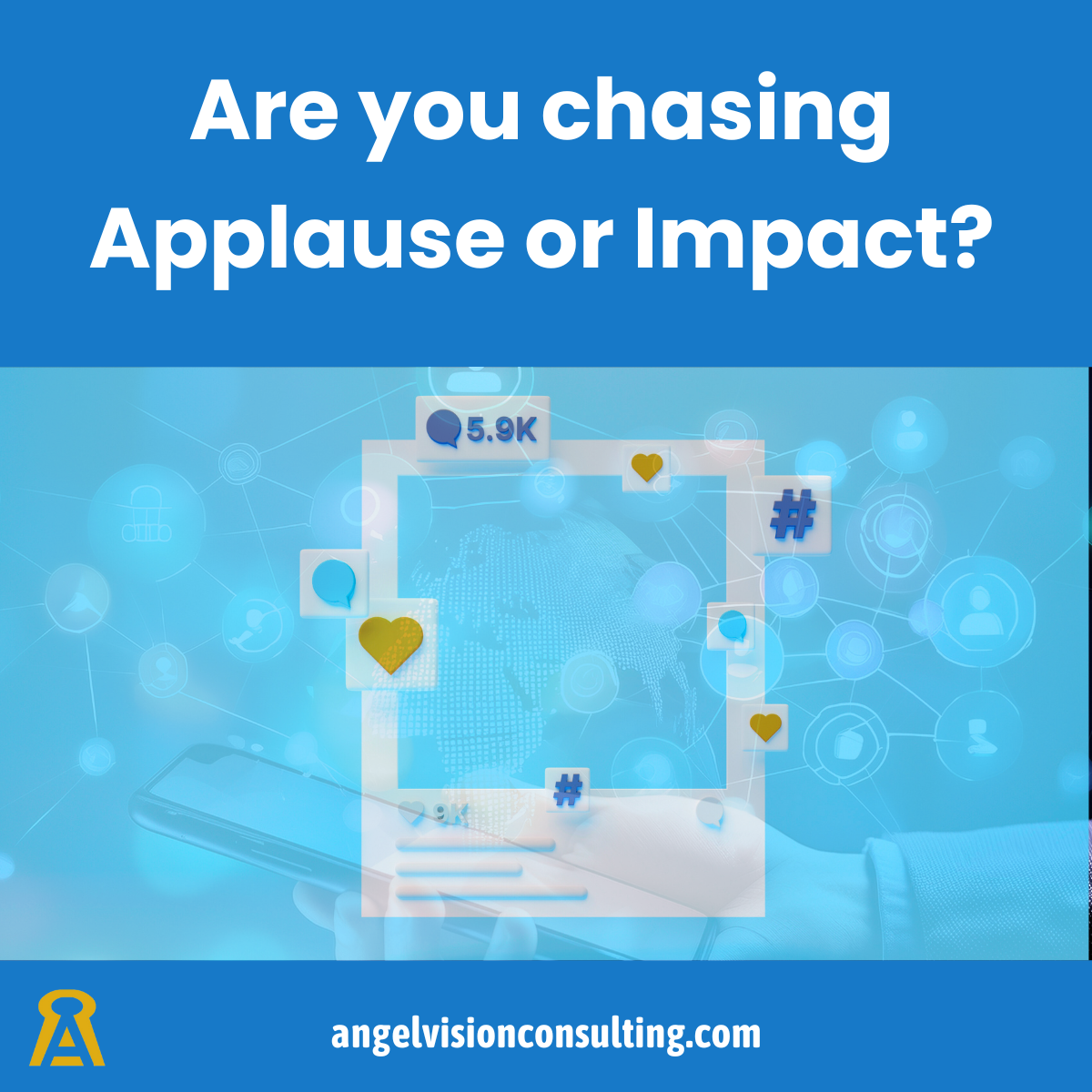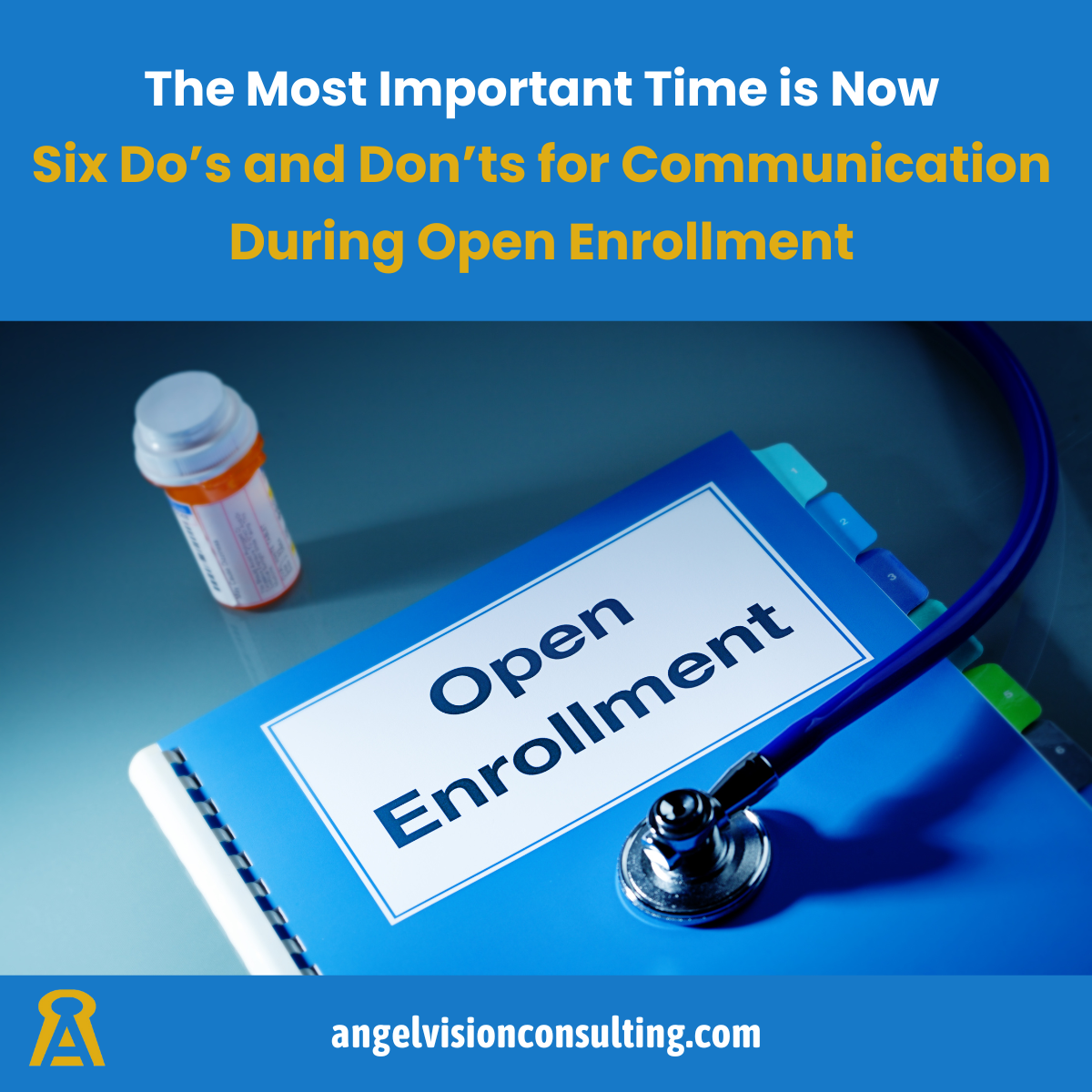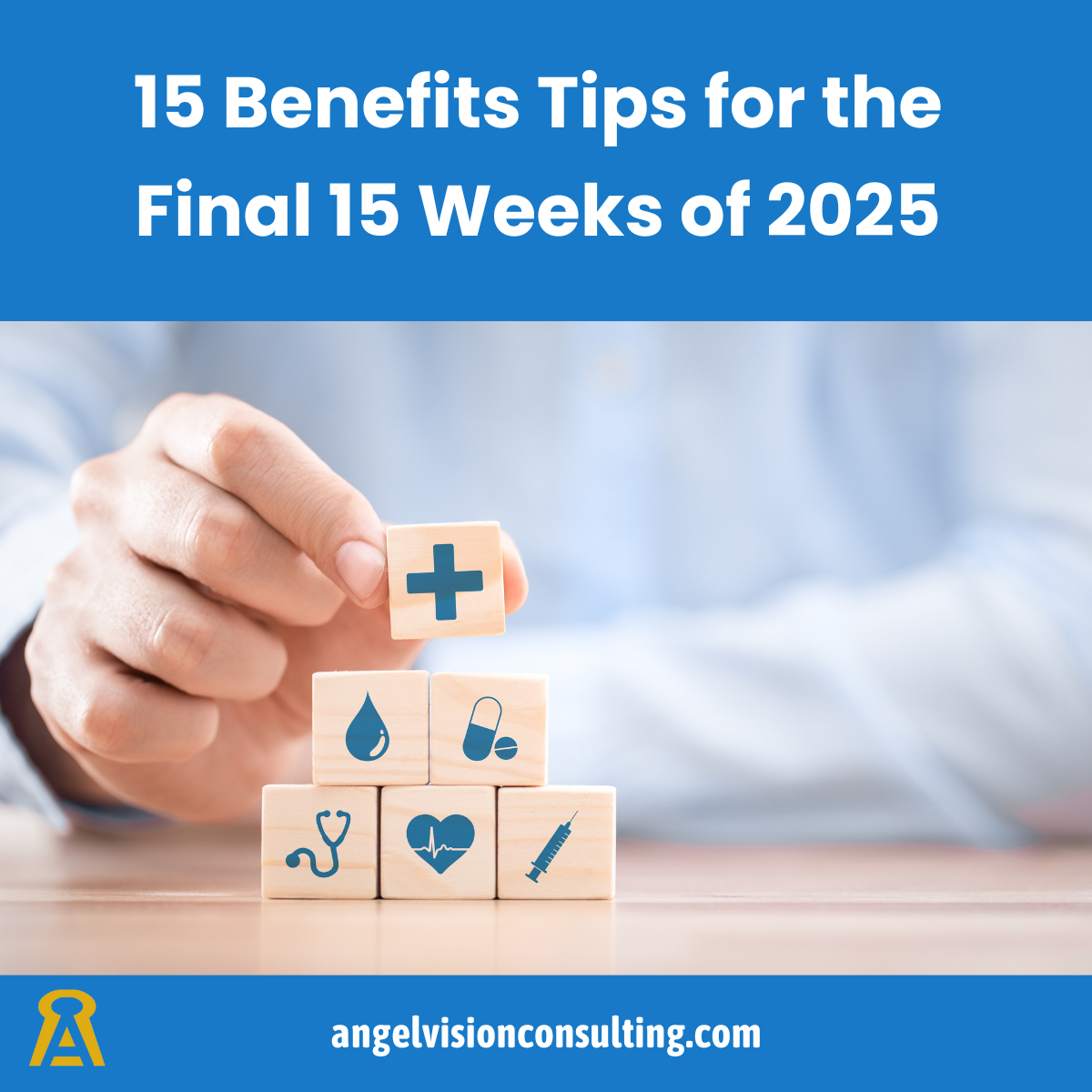5 Hacks to Better Benefits Education
Better Benefits Education
(Even when you don't have time or money to spend)
Let’s be honest: benefits education often gets squeezed between compliance deadlines, open enrollment chaos, and budget constraints. But here’s the truth—confused employees cost more. They underutilize the benefits you offer, miss out on tax-advantaged accounts, and make decisions that drive up claims.
The good news? You don’t need a full campaign budget or a dedicated communication team to make benefits education better. You just need a few strategic hacks.
1. Consider bite-sized education.
Most employees spend less than 18 minutes reviewing their benefits each year. So, ditch the 100-page benefits PDFs and opt for:
- One to two sentence summaries. Focus on succinctly answering what it is and when it is used. AI Chatbots (i.e. ChatGTP, CoPilot) make it easy to create these summaries. Just prompt the chatbot with your list of benefits.
- Visuals like icons, checkmarks, and color-coded comparisons. Canva.com is a powerful and low-cost tool that aids in making visuals that pop. It features a broad library of templates to get you started.
- Easily digestible formats: tooltips, sticky notes, video clips, or quick-reference cards.
Pro Tip: You don't need to get into video production to leverage video. YouTube.com is a great source of educational videos. In fact, KFF provides a brand agnostic video series on Understanding Health Insurance. It is also likely that your existing vendor relationships offer short videos on things like HSAs, FSAs, and other benefits.
2. Make the most of existing employee communications
You don’t need a new channel—just effectively use the communication channels your employees are already engaging with.
- Add benefit tips to payroll emails.
- Include reminders in calendar invites for open enrollment deadlines.
- Drop a benefit fact into your monthly newsletter or Slack thread.
- Send quick text messages with time sensitive reminders.
Remember to meet employees where they are. While benefits portals are an effective tool to facilitate enrollment, they may not be part of employees' day-to-day interactions and may fall short as a communication tool.
3. Leverage peer influence
Employees trust their coworkers more than HR emails. So:
- Ask a respected team member to share how they use their FSA.
- Feature real stories in internal posts (“How preventive care helped me avoid surgery”).
- Invite employees to share stories on how they use their benefits during an open enrollment meeting.
4. Automate the repetition
You don’t need to manually send reminders—just set it and forget it:
- Schedule quarterly nudges about preventive care, eligible expenses, or card usage.
- Use templates for FAQs and claim instructions.
- Build a simple benefits calendar with seasonal tips.
- Create calendar reminders for key deadlines throughout the year.
5. Frame benefits by life stages, not just line items
Employees don’t wake up wondering which benefit they’re underutilizing—they think about their current challenges: paying off student loans, managing childcare, caring for aging parents, or planning for retirement. So instead of presenting benefits as a comprehensive menu, group them by life stage to make relevance obvious and engagement intuitive.
Here’s how to reframe the conversation:
- Young Professionals (Starting Out): Highlight tuition reimbursement, mental health support, and HSAs as “starter financial tools.” “Build your financial foundation while protecting your mental health.”
- Growing Families (Parenting & Caregiving): Emphasize dependent care FSAs, telehealth, and flexible scheduling. “Support for the people who depend on you—at home and at work.”
- Mid-Career (Maximizing & Managing): Position preventive care as “strategic medicine,” and HSAs as “wealth-building tools.” “Smart choices now reduce future costs and improve long-term health.”
- Later Career & Retirement Prep: Focus on catch-up contributions, financial planning, and long-term care options. “Turn your benefits into a retirement strategy.”
- Life Transitions (Divorce, Loss, Career Change): Offer resources like EAPs, financial counseling, and bereavement leave. “Support when life throws curveballs.”
Why it works: People tune out “nice-to-haves.” They tune in to outcomes and personal connection. When benefits feel like strategy, employees engage, ask questions, and make smarter choices.
Don't Delay. Start taking advantage of these hacks today!
You don’t need more time or money—you need more clarity. Benefits education isn’t about pushing information. It’s about pulling people in and engaging where they are at.
If you’re a TPA, broker, or benefits leader trying to drive engagement, start with these five hacks. They’re simple, scalable, and proven to work.
Struggling to get started? Let Angel Vision LLC assist in your benefits education and communication strategies.


